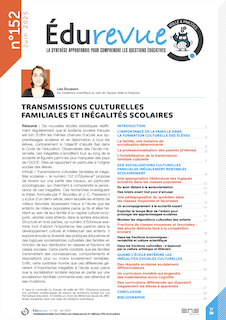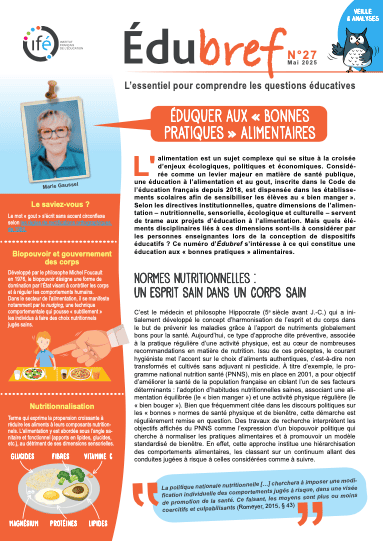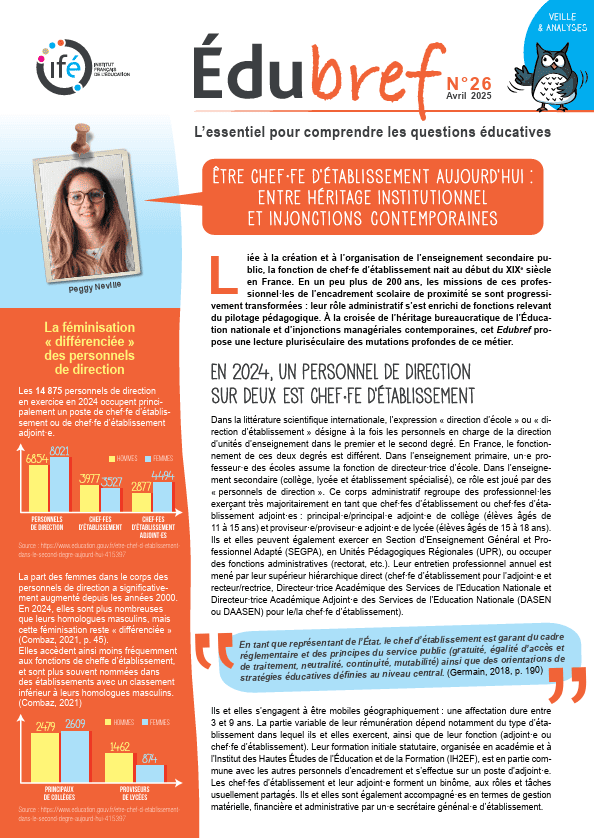Life at 23: Then & Now
Editeur(s) : National Centre for Vocational Education Research
Date : 09/2018
The proportion of 23-year-old Australians who believe that a lack of jobs is why they can’t secure work has more than doubled in the past ten years to 72%, according to new data released today by the National Centre for Vocational Education Research (NCVER).
Life at 23: Then & Now uses data from the Longitudinal Surveys of Australian Youth (LSAY) to provide a snapshot of how study, work, attitudes and home life have changed for Australians aged 23 in 2017 when compared with those of the same age in 2007. This allows a broad range of important aspects of the circumstances and social changes of Australian youth to be explored.
“75% of today’s 23-year-olds perceive their lack of experience as another barrier to obtaining work, while the proportion of those who feel they lack the right kind of education or training has jumped from 40% to 50% over the past 10 years,” said Dr Mette Creaser, Interim Managing Director, NCVER.
More than one-third of unemployed young people reported lacking confidence when it comes to applying for jobs. Others reported feeling that their age was counted against them by employers when considering their applications.
Financial matters are put under the microscope, with the proportion of 23-year-olds who own credit cards almost halving from 45% to 25% over the past decade, while the proportion of those entering the housing market has also fallen from 14% in 2007 to only 8% in 2017.
At the same time, young people are now remaining in education for longer, with around 30% of 23-year-olds still studying in 2017, compared with 24% in 2007.
“Coupled with longer periods of study, today’s young people are becoming more qualified, with increasing proportions obtaining a bachelor’s degree or higher,” Dr Creaser said.
“Young people are also less likely be in full-time employment, with higher proportions in part-time work, unemployed or not in the labour force.”
Further evidence of changes are revealed in the other activities Australian youths choose to undertake. With 91% of today’s 23-year-olds using the internet on a daily basis (up from 68% in 2007) there has been a predictable decline in those reading books, newspapers and magazines. However, the extra screen time does not seem to be impacting the share of young Australians who engage in daily physical activity, which has changed little over the last 10 years.
Over the same period, there has been a significant rise in the amount of young people engaging in community activities like political groups, community radio and performing arts, increasing from 26% in 2007 to 42% in 2017.
The LSAY survey program, tracks 15-year-olds over a ten-year period as they move from school into further study and training, work, and into adulthood. It provides valuable insight into key perspectives and changes for young Australians.
The latest data from the group of participants who commenced the LSAY program in 2009, known as the ‘Y09 cohort’, has also been released today and is available from the Australian Data Archive.
Télécharger le document : https://www.lsay.edu.au/.../life-at-23-then-and-now
mot(s) clé(s) : enfance, adolescence, jeunesse, relation formation - emploi













